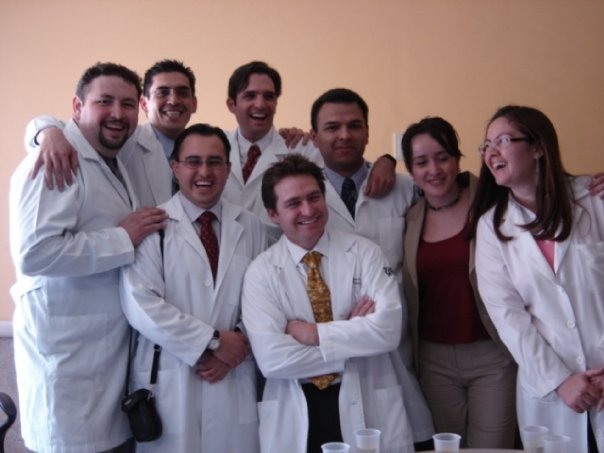Can patients manage toileting after reverse total shoulder arthroplasty? A systematic review.
Fuente
Este artículo es publicado originalmente en:
https://www.ncbi.nlm.nih.gov/pubmed/29572639
https://link.springer.com/article/10.1007%2Fs00264-018-3900-4
De:
Rojas J1, Joseph J1, Liu B1, Srikumaran U1, McFarland EG2.
Int Orthop. 2018 Mar 23. doi: 10.1007/s00264-018-3900-4. [Epub ahead of print]
Todos los derechos reservados para:
Copyright information
Abstract
PURPOSE:
A major concern for patients undergoing reverse total shoulder arthroplasty (RTSA) is managing toileting after surgery. The goals of this systematic review of RTSA studies were to determine the following: (1) the percentage of patients who can manage toileting, (2) their degree of difficulty with toileting, and (3) the percentage of patients who can manage toileting after bilateral versus unilateral RTSA.
CONCLUSIONS:
With the available evidence, most patients were able to manage toileting after RTSA, although one-fifth reported some degree of difficulty. Ability to manage toileting was similar after unilateral versus bilateral RTSA. In the future, this variable should be a standard question after shoulder arthroplasty.
KEYWORDS:
Activities of daily living; Internal rotation; Patient satisfaction; Range of motion; Reverse total shoulder arthroplasty; Toileting
Resumen
PROPÓSITO:
Una gran preocupación para los pacientes que se someten a la artroplastia total de hombro reversa (RTSA) es administrar el uso del baño después de la cirugía. Los objetivos de esta revisión sistemática de los estudios de RTSA fueron determinar lo siguiente: (1) el porcentaje de pacientes que pueden manejar el baño, (2) su grado de dificultad para ir al baño y (3) el porcentaje de pacientes que pueden manejar el baño después RTSA bilateral versus unilateral.
CONCLUSIONES:
Con la evidencia disponible, la mayoría de los pacientes pudieron controlar el uso del baño después del RTSA, aunque una quinta parte informó algún grado de dificultad. La capacidad para controlar el uso del baño fue similar después de un RTSA unilateral versus bilateral. En el futuro, esta variable debería ser una pregunta estándar después de la artroplastia de hombro.
PALABRAS CLAVE:
Actividades de la vida diaria; Rotación interna; Satisfacción del paciente; Rango de movimiento; Artroplastia total de hombro reversa; Aseo
- PMID: 29572639 DOI: 10.1007/s00264-018-3900-4



